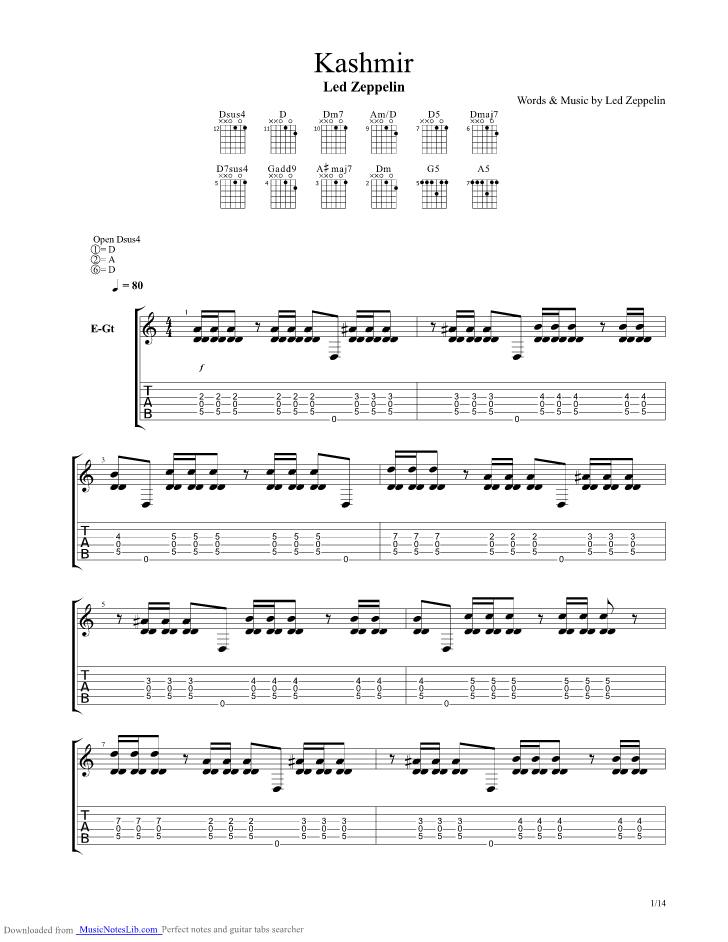

“The critics loved Eric Clapton and Jeff Beck, and they considered Jimmy Page to be somewhat of an interloper. “They were not critically embraced when they first came out,” Goldberg says. While Led Zeppelin IV went quite a long way in softening that opinion, many rock writers were still not convinced. As odd as it may seem now, rock critics had not been particularly kind to the band in its early years, dismissing it as a one-dimensional heavy rock group. Zeppelin even lightened their attitude toward the press. Danny Goldberg, Solters & Roskin’s resident long-haired rock and roller, was elected to represent the band, and he immediately set about making the world aware of what so many rock fans already knew: Led Zeppelin ruled! But as this was the dawn of a new era for them, they decided to hire Solters & Roskin, an old-school show-biz public relations firm, to help them change this unfair characterization. In the past, Led Zeppelin had simply ignored the bad press. I think you can really hear the fun we had on Houses . . . and you can also hear the dedication and commitment.” After four or five albums they just burn up. I won’t name any names, but I’m sure you’ve heard bands that endlessly repeat themselves. “It’s very dangerous to try and duplicate yourself. “My main goal on Houses of the Holy was to just keep rolling,” says Page, who also produced the album. Jimmy presented almost complete arrangements of “The Rain Song” and “Over the Hills and Far Away,” while Jones offered “No Quarter.” The extra thought and time is reflected on all three compositions, which feature dense arrangements and more overdubs than the group’s previous recordings. Robert Plant onstage at Madison Square Garden, July 29, 1973, during filming for The Song Remains the Same. The intricate nature of some arrangements was perhaps due to the fact that several of the songs were demoed at the personal studios of Page and Jones, both of whom had recently installed recording facilities in their In many ways, Houses of the Holy is one of Zeppelin’s most progressive albums, thanks to sprawling compositions like the shimmering opening track, “The Song Remains the Same,” which features several tempo changes and some of Page’s most dazzling guitar work. In fact, the blues, which was a huge part of the band’s early work, is all but absent on Houses. Songs like the reggae-influenced “D’yer Mak’er” and the off-kilter, funk tune “The Crunge” allowed Zeppelin’s sense of humor to shine through their usual stew of raw sex, mysticism, and American blues, representing something of a stylistic turning point for the band. John Bonham performing live at Madison Square Garden, July 29, 1973, during filming for The Song Remains the Same. A show in Tampa, Florida, shattered the single-concert attendance record set by The Beatles in 1965, and Zeppelin now flew from gig to gig on their own luxury jet with the band’s logo emblazoned on its sides.

Riding high from their previous album, 1971’s Led Zeppelin IV, which spawned mega anthems like “Stairway to Heaven” and “Rock and Roll,” the band had become rock’s biggest draw, eclipsing even The Rolling Stones and The Who. With the exception of the moody “No Quarter,” the 40-minute recording is frothy, celebratory, and energetic, and with good reason: 1973, the year of its release, was a very good moment in history for singer Robert Plant, guitarist Jimmy Page, bassist John Paul Jones, and drummer John Bonham. Houses of the Holy is perhaps the most lighthearted album in the entire Led Zeppelin catalog.
#LED ZEPLIN BASS TABS LICENSE#
In order to comply with copyright laws, please apply for such written permission and/or license by contacting the publisher at /permissions. Box 10003 Van Nuys, CA 91410-0003 No part of this book shall be reproduced, arranged, adapted, recorded, publicly performed, stored in a retrieval system, or transmitted by any means without written permission from the publisher. Produced by Alfred Music Publishing Co., Inc.


 0 kommentar(er)
0 kommentar(er)
